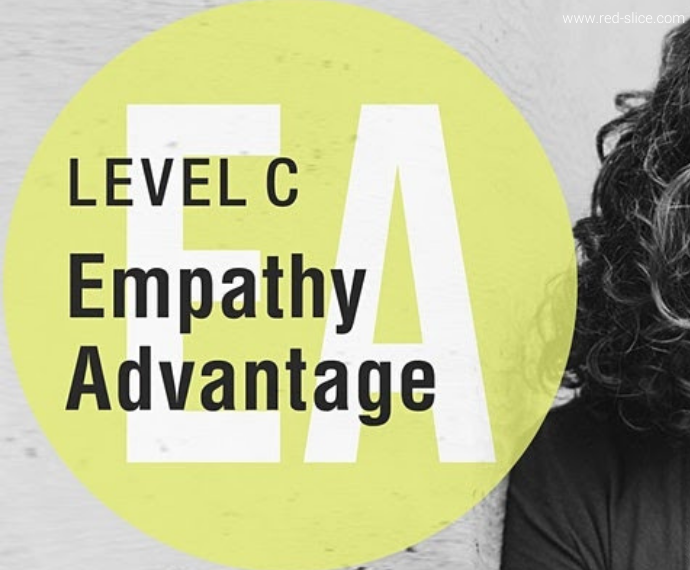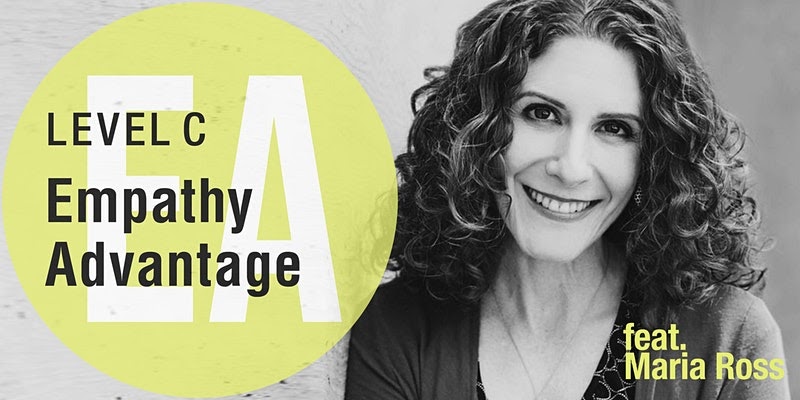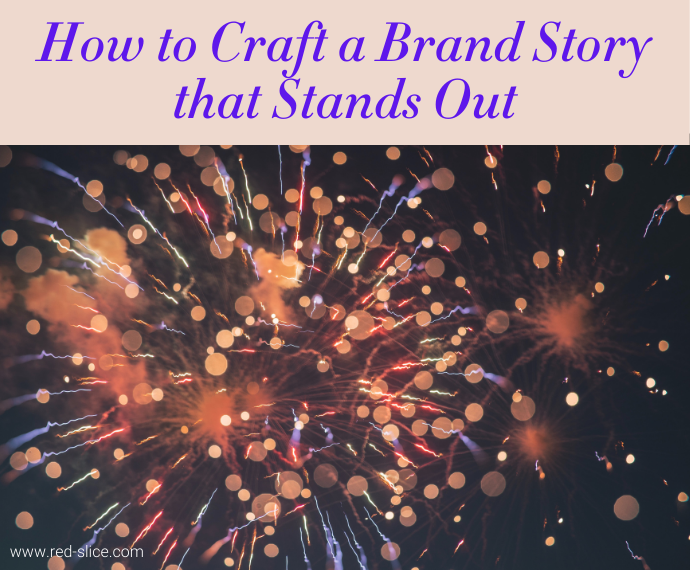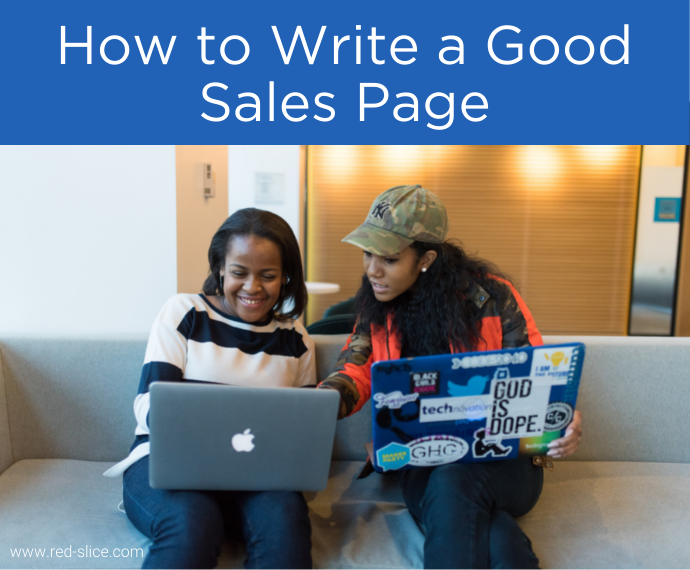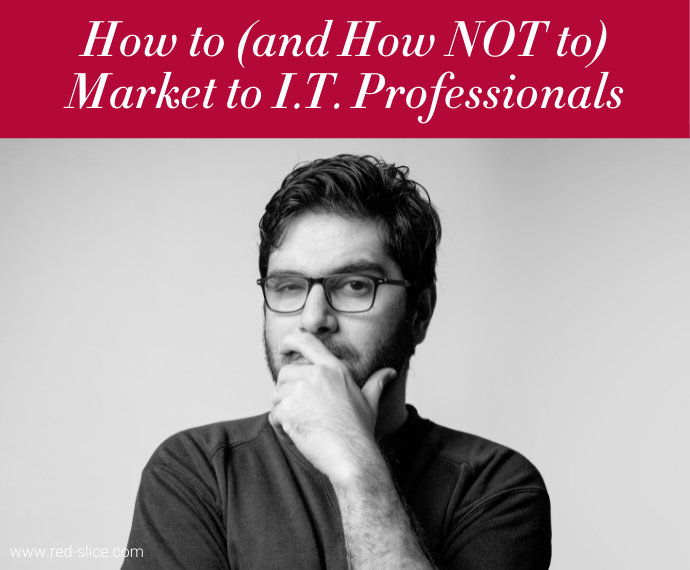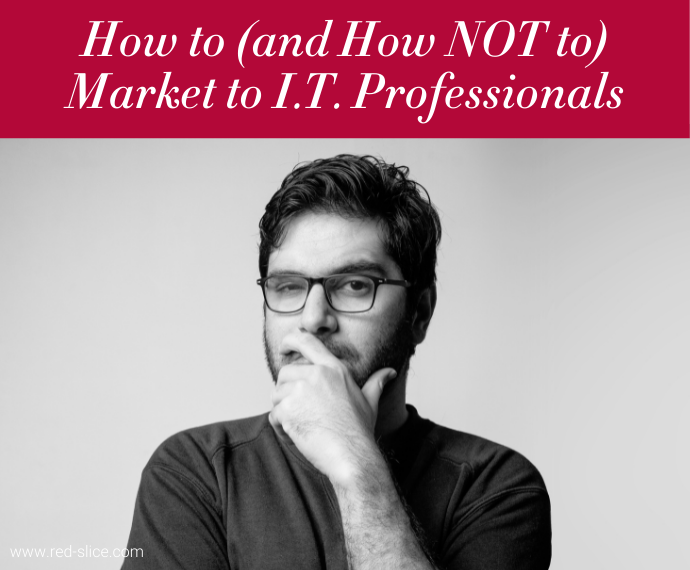The dog days of summer have never been felt more acutely on our planet than the past few months. Record scorching temps, wildfires. And I’m hearing data that many companies are still not actively treating climate change as a business threat. Sigh. Seriously?!
Not to mention the sizzling hot economic buying power of women. Taylor Swift and Beyoncé fans are boosting local economies and Barbie became the first movie directed by a woman to break a billion dollars.
But can we pause for a moment to acknowledge something I’ve said for a long time?
Taylor Swift is a marketing genius.
Not only is she a gifted singer/songwriter, she has cultivated one of the most successful, sticky, and empathetic brands out there. She is a marketing machine, yet never loses sight of her craft – or her fans. The chef’s kiss to her extraordinary summer blitz? She made a surprise announcement that her concert will be launched in theaters as a film experience for those who want to see her again, or those for whom the concert was not accessible (either due to location or cost)
Damn, girl. BRA-VO!
Here are 3 reasons why Taylor Swift is one of the savviest marketers around:
- She knows her fans
Empathy is her watchword and she knows exactly what her fans want, need, value, and how they want to feel. Everything she does is designed to delight – from encouraging Eras tour makeovers to friendship bracelets to her vulnerability and authenticity in both her songwriting and on social media, she is tapped into exactly what her audience wants. And she’s constantly topping herself – like releasing the movie version of her tour.
- She knows the music business
Taylor writes a lot of her own songs, and retains many rights other artists do not enjoy – but back in 2019, her old record label was sold and she lost the rights to her master recordings. Which meant anyone who wanted to use her songs had to ask Scooter Braun for permission and pay him a licensing fee. So she sidestepped him and has been re-recording all her old songs again, branded as Taylor’s Version to ensure she still retains control over those newer cuts. Boss move.
- She knows social media
Taylor is the queen of social media savvy. Her posts achieve crazy engagement from fans, and she posts so much “bonus content” there about her life, behind-the-scenes moments, and first-to-know-news. But she would not achieve this level of fandom if she simply used social media as a one-way billboard, promoting her records and concerts. She has created a hub that invites engagement, where fans feel like they are visiting a friend, and are part of a community bigger than themselves. She talks about her feelings, her process, her heartbreaks! And she loves using social media to surprise lucky fans, making the others stay glued to her every word in case she may come knocking on their door next! Taylor has created an iconic image, yet her fans feel she is so approachable. A hard balance to achieve!
The lessons here?
- Know your people – adopt an empathetic mindset and really get to know them.
- Know your industry – understand how your business operates within the ecosystem.
- Know your channels – leverage channels to connect and engage, not just “sell.”
Photo Credit: Getty Images, article









